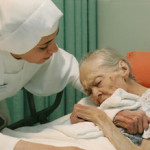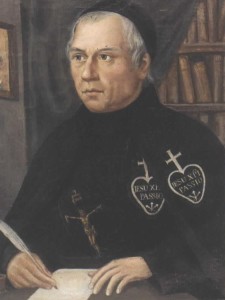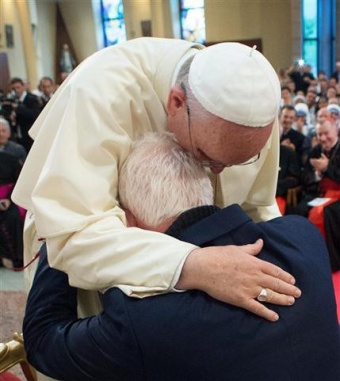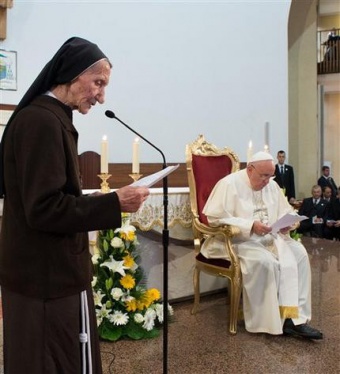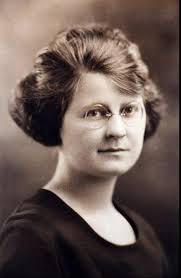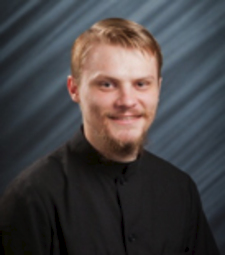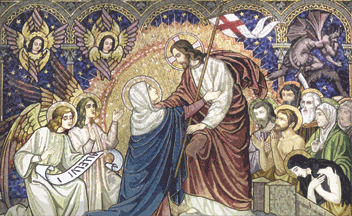 On March 28, 2015, the Carmelite family will celebrate the 500th anniversary of the birth of St. Teresa of Avila, foundress of the Discalced Carmelite Order and first woman Doctor of the Church.
On March 28, 2015, the Carmelite family will celebrate the 500th anniversary of the birth of St. Teresa of Avila, foundress of the Discalced Carmelite Order and first woman Doctor of the Church.
In anticipation of this momentous event, Carmelite nuns and friars from around the world participated in a virtual choir, visually and musically demonstrating the familial ties that bind the Carmelites across the globe, all due to this Spanish nun who initiated a reform of the Carmelites in the 16th century.
Thanks to the wonders of computer technology, individual Carmelites in monasteries across the oceans, above and below the equator, did recordings in the comfort of their own monastery and submitted it on the virtual choir website where it was synchronized with many other voices from around the Carmelite worldwide community and compiled into a single choir.
Sr. Teresita Flynn of the Carmel, California, monastery was one of the singers. “I became so excited by the idea that nuns from all different countries were going to participate in this project to honor St. Teresa,” she said. “We actually didn’t have the equipment to make the recording, and I was very lucky that they prolonged the deadline, and also that someone donated a laptop so we could do it. I did it at about 5 minutes to midnight on the day of the deadline.”
The two songs were premiered at a August 2014 celebration of the life and legacy of St. Teresa of Avila in San Jose, California. Called “The Creative Spiritual Genius of St. Teresa of Avila Today,” it featured presentations by each branch of the Discalced Carmelite Order (Nuns, Friars, Seculars, Affiliates), a banquet, a special Eucharistic celebration, a concert and the two virtual choirs comprised of members of the Discalced Carmelite Order from around the world.
The three day celebration in San Jose, called
“The Creative Spiritual Genius of St. Teresa of Avila Today,” will feature presentations by each branch of the Discalced Carmelite Order (Nuns, Friars, Seculars, Affiliates), a banquet, a special Eucharistic celebration, a concert and the two virtual choirs comprised of members of the Discalced Carmelite Order from around the world. – See more at: //vocationblog.com/#sthash.r5q5GglB.dpuf
The two songs, composed by Sister Claire Sokol, OCD, are Nada Te Turbe, a Spanish piece sung by Discalced Carmelite nuns, and Salve Regina, sung by nuns, friars and seculars. It can be viewed on YouTube. They are accompanied by the Teresian Orchestra of the Cathedral of St. James in Seattle, Washington. Listening to the angelic voices, one would think that they all were in one room, it is that perfect. Amazing. The PBS station KNPB is producing a documentary on the whole endeavor.
The phrase “Nada te turbe” was found in St. Teresa’s breviary after her death. It means “Let nothing disturb you.”
Let nothing disturb you; Let nothing frighten you. All things are passing. God never changes. Patience obtains all things. Nothing is wanting to him who possesses God. God alone suffices.
Like this:
Like Loading...

